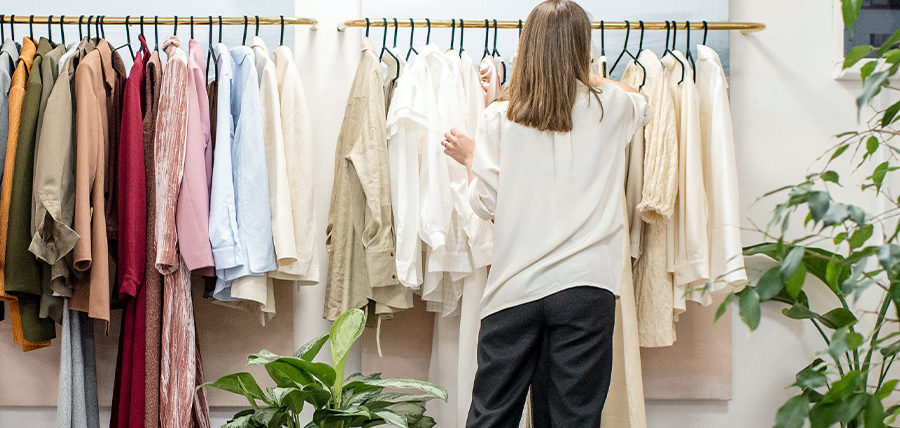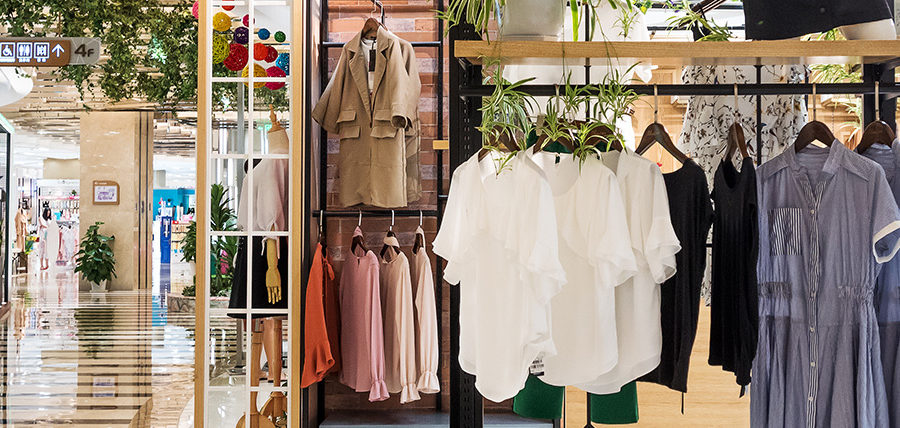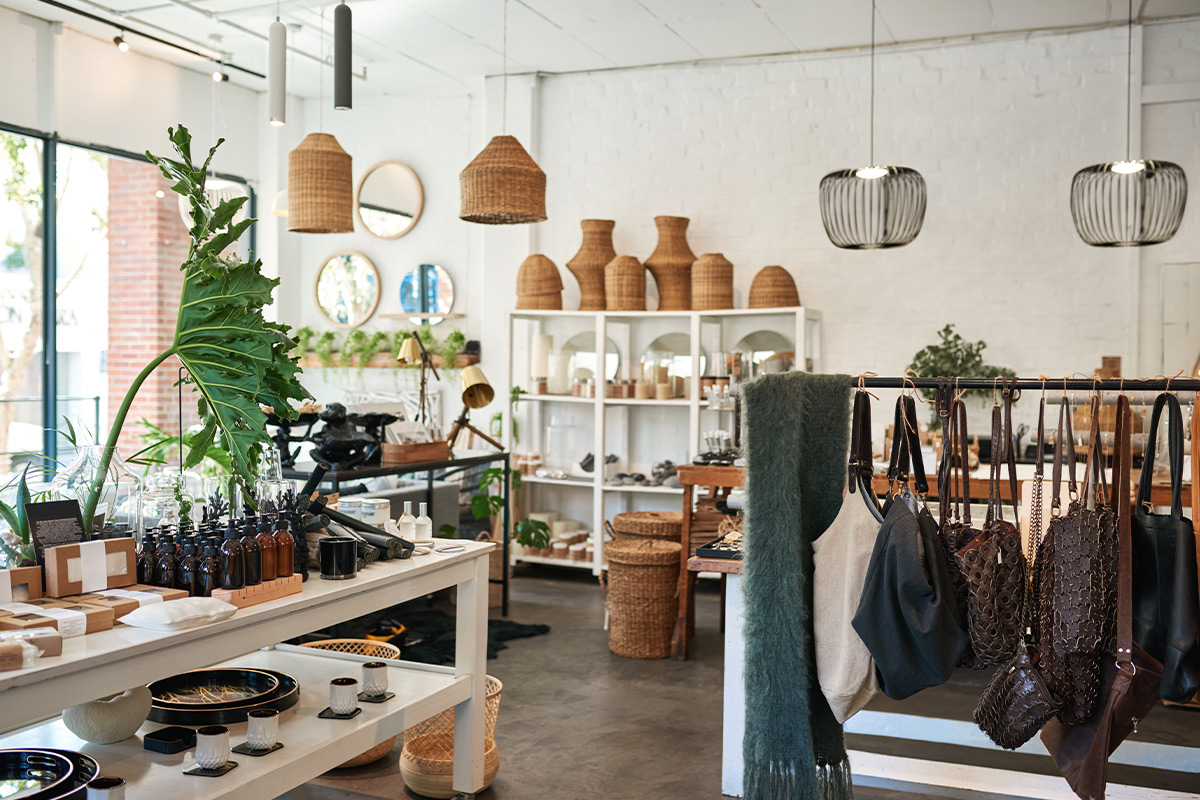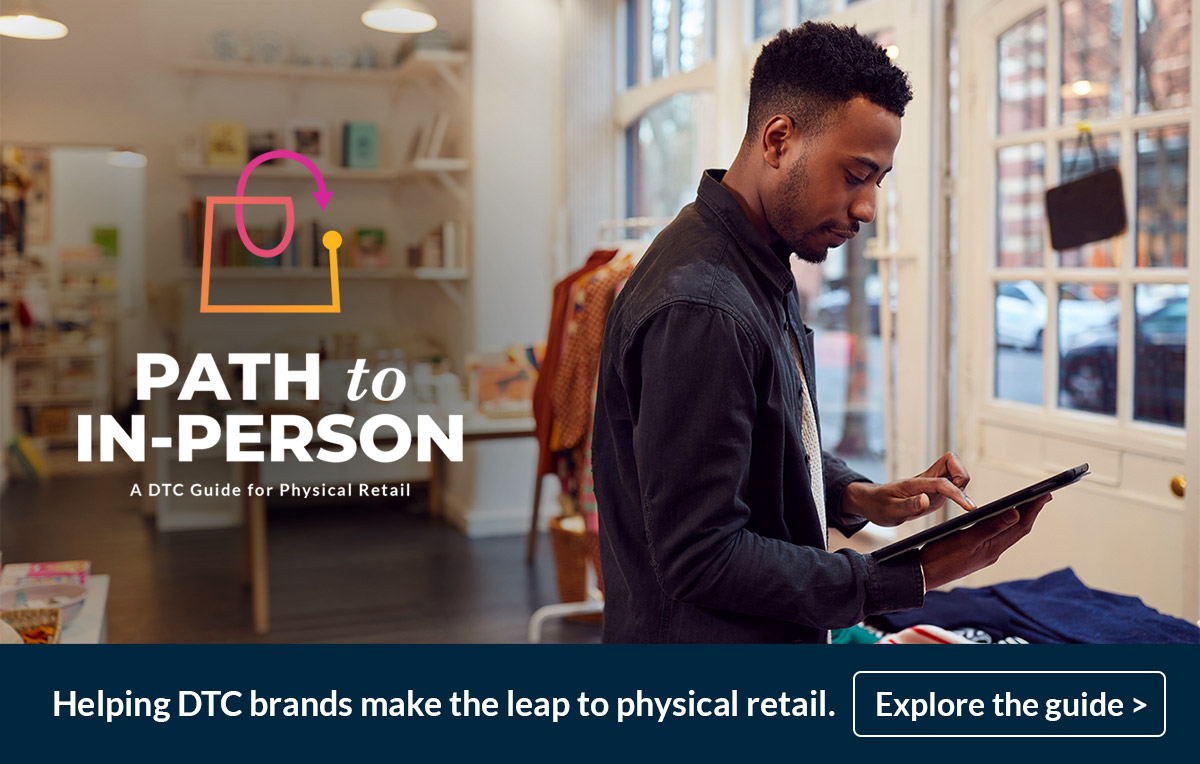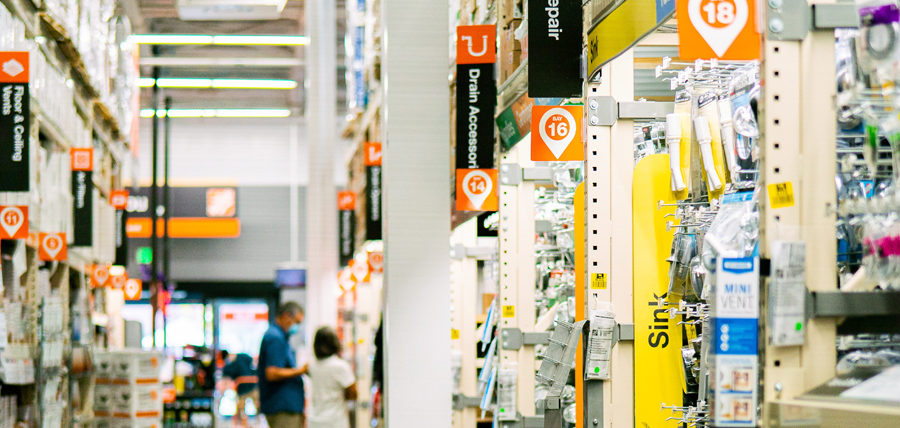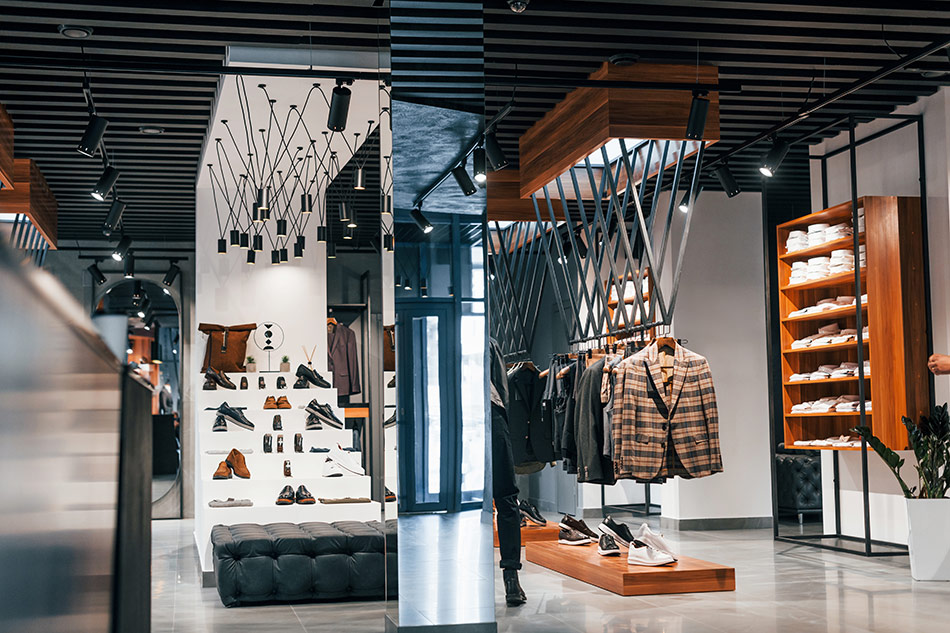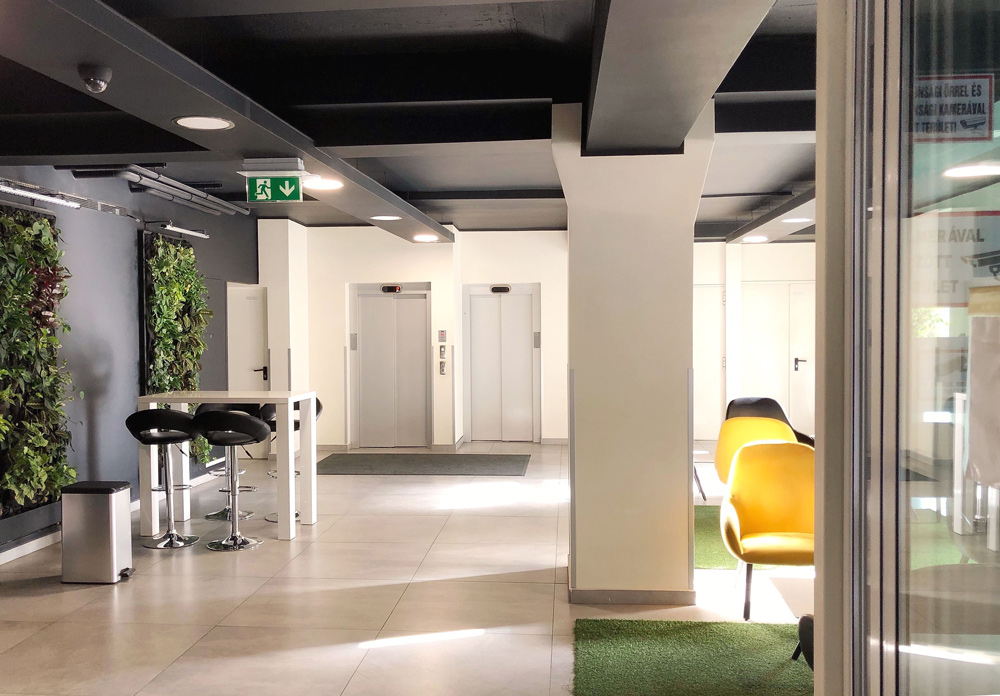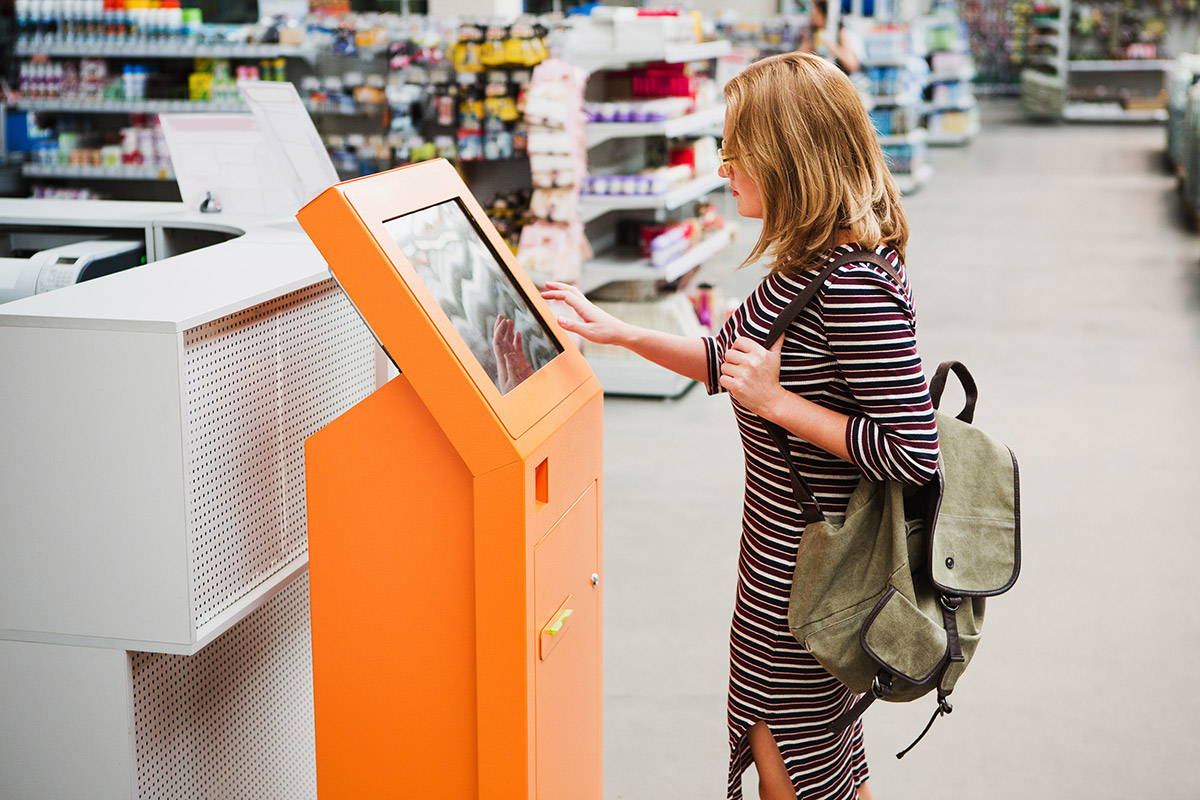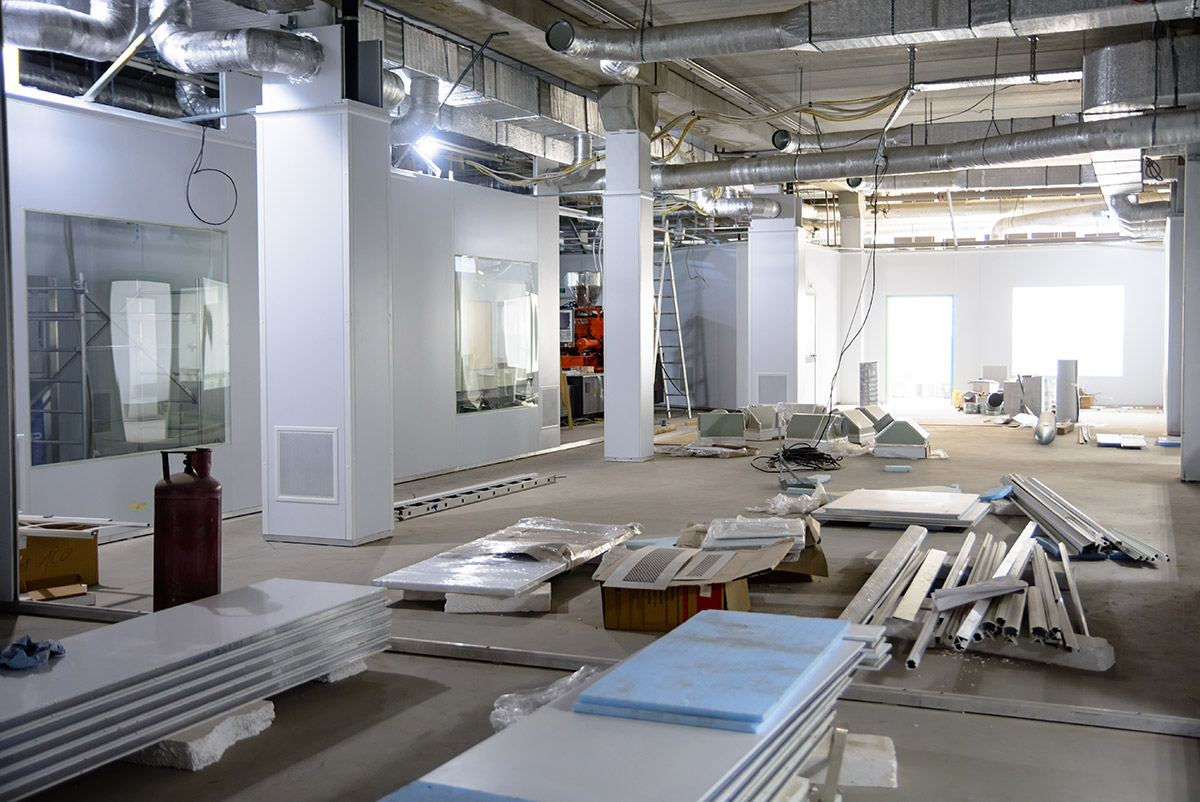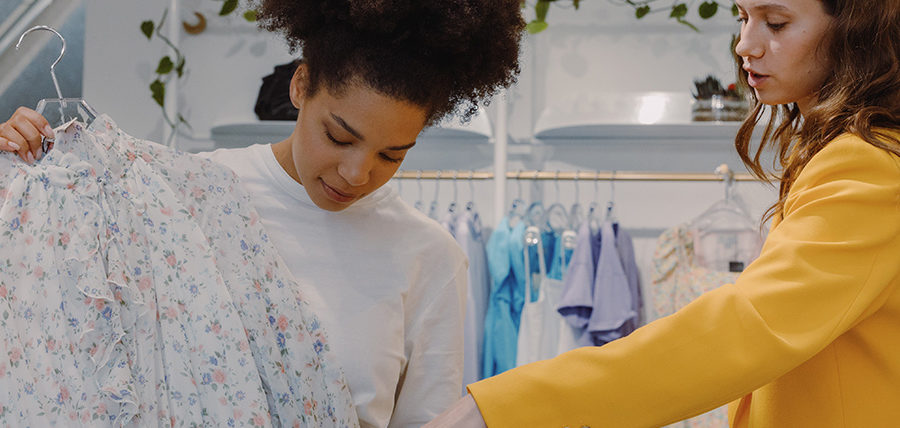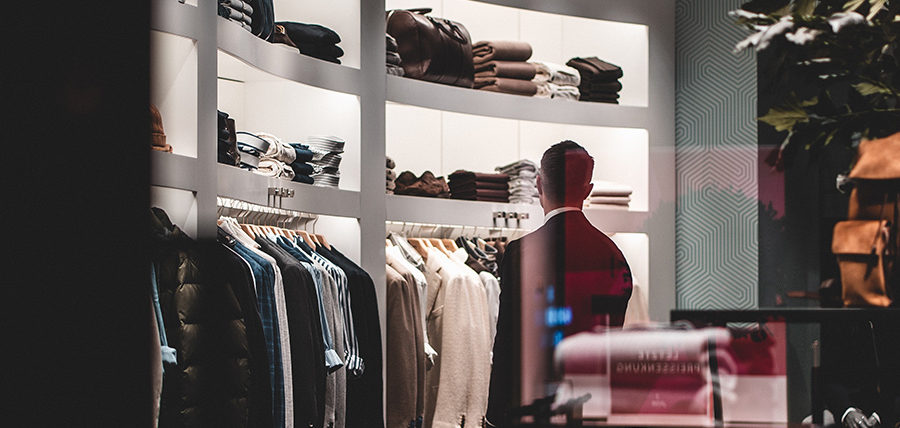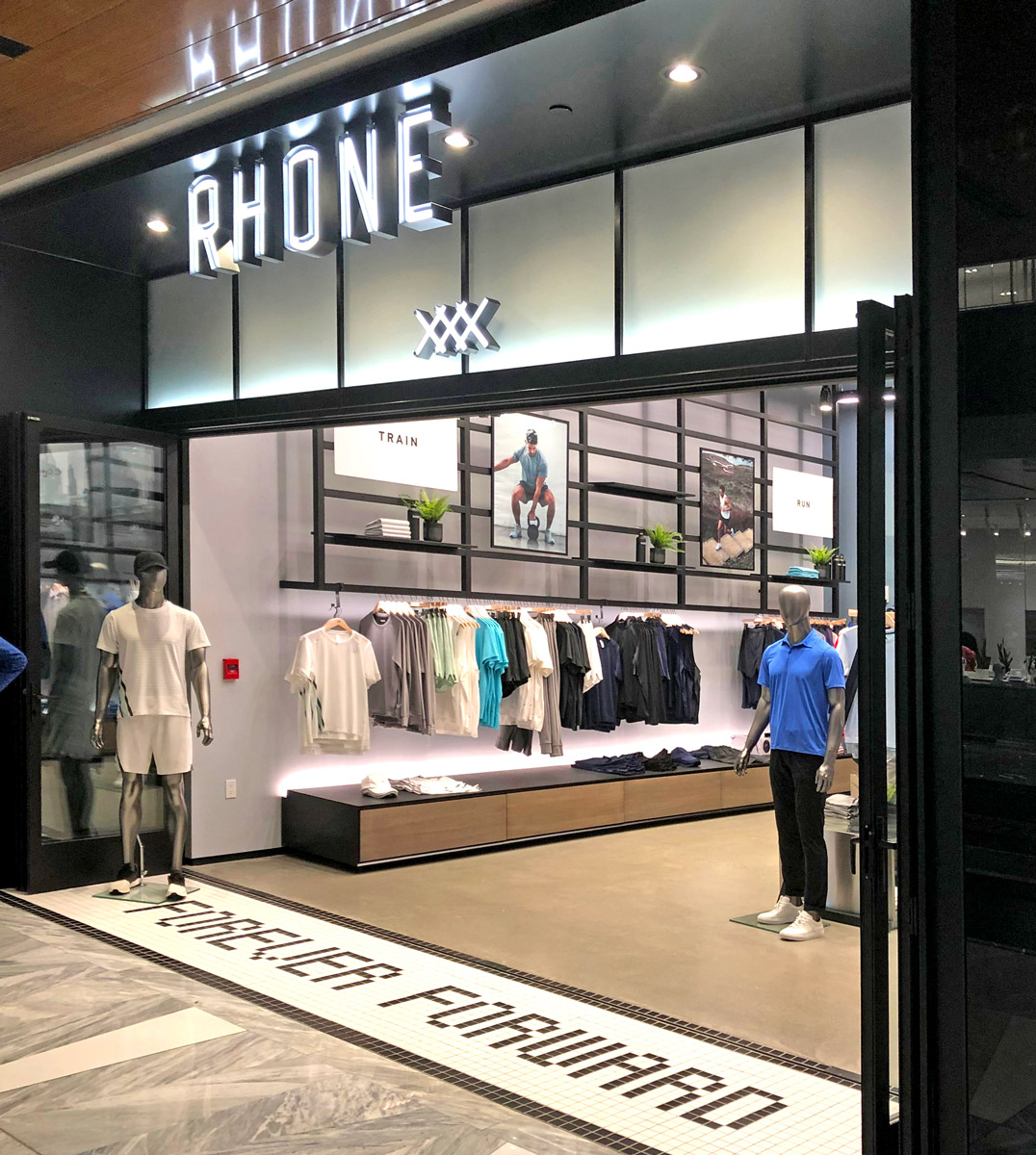The way we all live, work, and shop is changing. The owners of the spaces in which we do all of that living, working, and shopping contribute to creating the future—with new experiences and spaces that attract new and innovative tenants.
With the retail landscape, culture, technology, and customer expectations in an apparent state of change, it’s time to create the retail future customers want, retailers need, and landlords benefit from. It’s no longer business as usual. How can landlords adopt a growth mindset and change with the tides?
Flexible Lease Terms Help Attract New Tenants
New retailers are coming to the neighborhood, and landlords have a great opportunity to attract them to their spaces. It requires a change in mindset because landlords must rethink lease terms to attract these new and innovative brands.
Right now, landlords can change the nature of their relationships with their tenants by not only demonstrating a willingness to be more flexible with terms but also increasing investments in infrastructure and safety. Landlords will also benefit from supporting the success of their tenants. For example, accommodating retailers with a reduction in lease length in exchange for a percentage of the retailer’s online sales could benefit all involved.
Sure, it involves a shift in thinking for everyone, but this is how we will begin creating the retail future that we want. Here are some of the ways landlords can adapt:
Shorter lease terms. Landlords are enticing tenants to spaces by providing shorter-term leases that include a variety of renewal options.
Contract flexibility. Retailers are skittish coming out of the pandemic experience and need more flexibility in terms of force majeure definitions and lease adjustments based on situations beyond their control.
In addition to offering shorter lease terms, offering certain concessions can help attract tenants, including:
• Rent deferrals
• Sublet allowances
• Rent abatement
• Options for renegotiating lease terms
At the same time, landlords can ensure that they are protecting their own interests by:
• Requiring approval of any sublet
• Adjusting percentage rent to include online sales
• Increasing pass-through costs for climate and safety related updates
• Delineating specific recourse should the tenant fail to pay or abandon the lease

Help Tenants Meet Consumer Expectations and Deliver Better Experiences
Consumers have higher-than-ever expectations of the brands from whom they purchase, and retailers are looking for spaces that support the promises they are making to their customers. Landlords who are open to a changing relationship with their tenants will have the opportunity to help reshape the future of retail to be more resilient and sustainable. To successfully do this, the process must become less adversarial and more open; landlords and tenants must learn to work together, or they all suffer. Landlords can help by:
Offering improved safety and infrastructure. Many landlords are investing in improved HVAC, redesigns to enhance BOPIS, and technology infrastructure to make tenancy more inviting for retailers who are also having to adjust how they serve their clients.
Investing in Sustainability. Retailers whose brands have made promises of sustainability will expect landlords to invest in solar panels and make other necessary changes to their buildings to better meet consumer expectations.
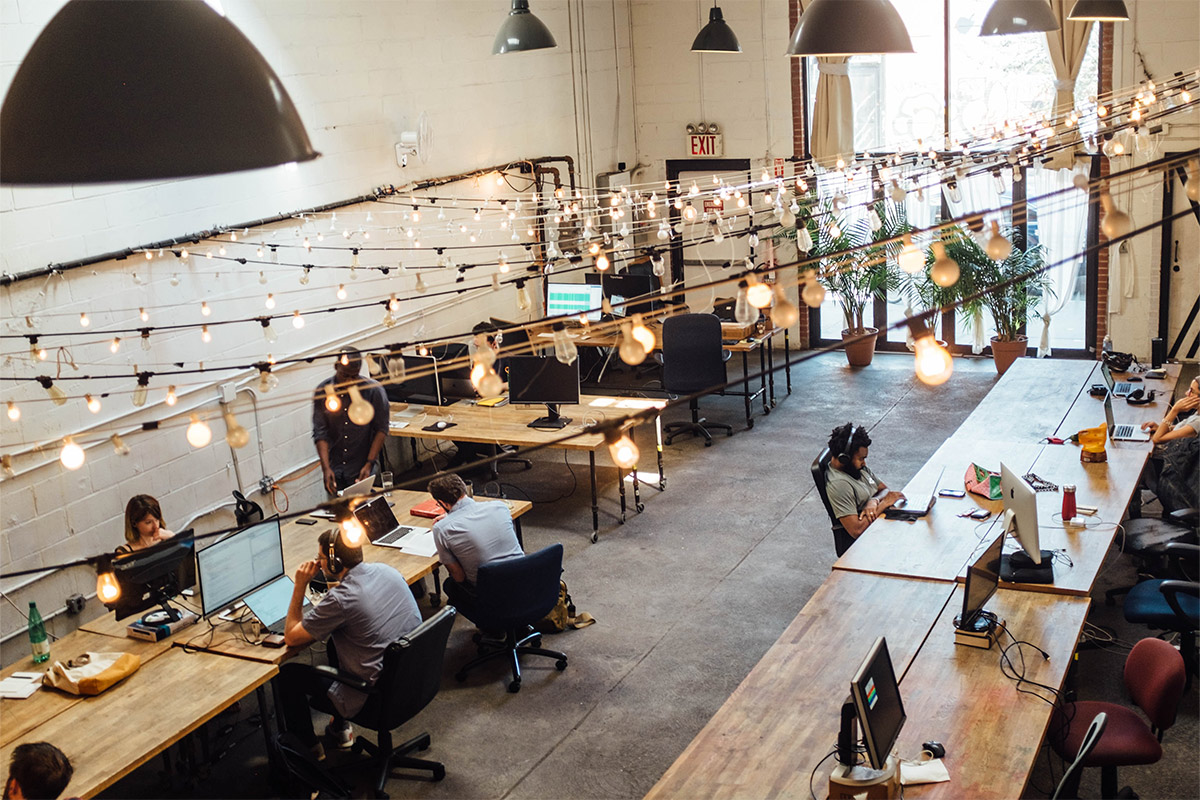
Remaining Spaces
Landlords are redefining the mix of businesses in their spaces by reevaluating how the space is used. For example, some landlords are converting space for retail health clinics, mixed-use spaces, and warehouse space for last-mile delivery.
“One direction for some malls is turning underpopulated sections into ‘digital districts,’ where ecommerce pure plays can try their hand at brick-and-mortar retailing in small-format spaces. The digital natives benefit from a curated location tailored to their audience, while the mall can advertise a slate of cutting-edge concepts.” – Retail Touchpoints
This is also a suitable time to reevaluate what kind of tenants are used to anchor your spaces. We’ve learned that retail spaces that are anchored by necessity shops – grocery, DIY – are more likely to remain solvent than ones anchored by outdated department stores.
The Pop-In Shop
Landlords with the willingness to be open-minded about what kind of shops occupy their spaces are also finding tremendous success with pop-ins, family entertainment, and co-working spaces. For example, empty spaces in neighborhood shopping centers lend themselves well to holiday-themed pop-in stores for Halloween and Christmas. These short-term, high-profit shops can be an ideal way to fill an empty space for the short-term. Start-up retailers are also enticed by the pop-in opportunities that let them test the waters before making a longer-term commitment.

Entertainment
From theaters and arcades to indoor paintball and laser tag, landlords that are welcoming tenants who offer entertainment value that keep consumers coming back have seen enormous success. These retail venues benefit other tenants as well, as once the customer is there, they may also want to shop, eat, and otherwise spend the day nearby.
Co-Working Spaces, Fitness Centers, and Ghost Kitchens
With more people working from home at least part of the time or working for themselves, co-working spaces are an easy way to fill empty retail space. Fitness centers are also becoming a popular way to fill empty spaces that attract consumers. And if the space has a kitchen, soup kitchens, shared kitchen spaces, ghost kitchens, pop-in food services, and other food-based organizations are jumping at the opportunity to leverage available retail spaces for innovative purposes.

Creating the Future of Retail, Together
As retailers grapple with the changing retail landscape, the way forward will require innovation, collaboration, and negotiation. The opportunities that come from all this change can be exciting, but it does make lease negotiations more complex than ever.
“Landlords and tenants must forge viable partnerships. Landlords need stores and associated rents to meet their obligations and, right now, many retailers need financial accommodation to survive. Even so, the tenant has a contractual obligation to pay rent. Once adversarial, the landlord/tenant relationship is becoming more symbiotic.” – Chain Store Age
Both landlords and their retail tenants require appropriate protections and guarantees. However, if both sides approach the negotiations from a collaborative standpoint rather than an adversarial one, both with an eye toward future successes, they can both thrive.



